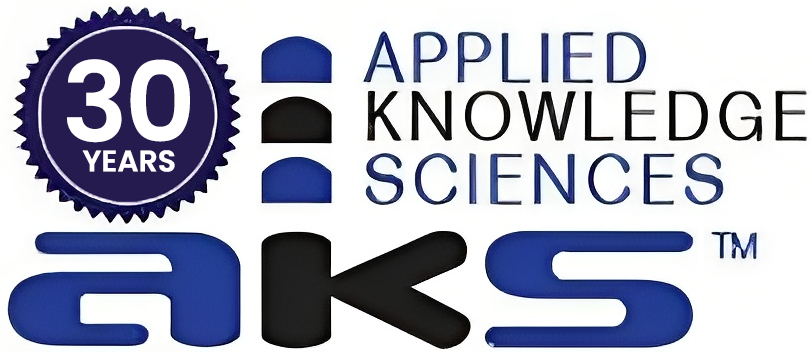Key Definitions
Critical knowledge is unique, highly specialized knowledge that: 1) is essential to your organization’s success; 2) at risk of being lost or compromised; 3) has not been clearly documented; 4) is known by only one or very few individuals (as opposed to common knowledge).
Critical knowledge essentially disappears from your organization every time the person having that knowledge walks out the door at the end of the work day. And it leaves for good when that person decides to transfer or retire. This creates a serious risk.
Similarly, a person without that critical knowledge may need it at some point – perhaps unexpectedly – such as in a crisis situation, or when transitioning into a new position. Rather than have that person acquire the knowledge over a long, painful period of trial-and-error, it’s better to have a program in-place for transferring and growing that knowledge by design, using a repeatable process.
Curation is the organizing and presenting of physical and digital (virtual) objects.
Knowledge is the capacity to take effective action (the right action, in the right place at the right time) in varied and uncertain situations [Source: A. Bennet & D. Bennet, Organizational Survival in the New World: The Intelligent Complex Adaptive System, Elsevier, 2004]. The capacity to take effective action also includes observing and deciding which action(s) to take.
Knowledge curation is the capture, classification, organization, transfer, and management of individual, organizational, or community knowledge.
Tacit knowledge is knowledge that is so deeply internalized even a seasoned expert has difficulty explaining it to someone or putting it into writing. As opposed to explicit knowledge, such as a set of clearly defined rules (if X happens, then do Y), tacit knowledge is usually governed by deep intuition. You may have heard someone say, “I can’t tell you what it looks like, but I’ll know it when I see it.” That’s usually an indicator of tacit knowledge at work.
